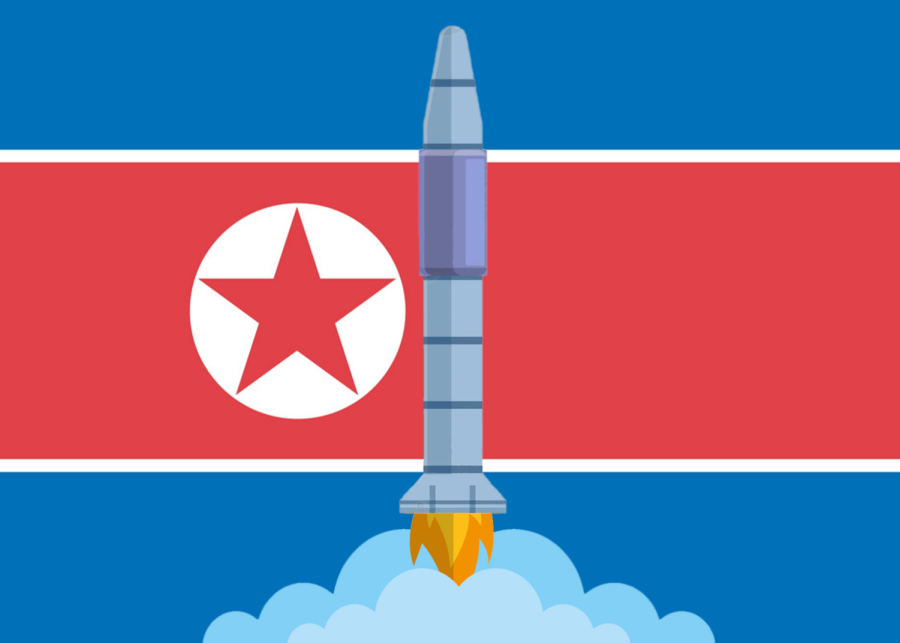UTSA political science faculty discuss North Korea’s recent ICBM test launch
April 5, 2022
Trigger Warning: Mention of war, explosives and governmental hostilities.
For the first time in five years, North Korea test-launched an intercontinental ballistic missile. These missiles, commonly referred to as ICBMs, can travel across continents as far as 3,000 miles from their departure point. There are over 20 countries in the range of a strike from North Korea, including countries like China, India, Russia and Japan. What does this mean for the state of the world? Only time will tell.
Retired Navy Captain Thomas Crowell, a lecturer at UTSA who was stationed in Japan during his service in the U.S. Navy, shared his perspective on the subject.
“Given that we have a lot of other things going on in the world now, particularly Russia-Ukraine and COVID and whatnot, North Korea may feel at this time that it makes more sense for them to return to a more provocative response type engagement with the U.S. and with the rest of the world … I think the U.S. has to now honor – and the rest of the world has to honor – North Korea again. It is a reminder that they are a nuclear-capable country, a nuclear weapon capable country and they have missiles that give them the means to deliver that type of destruction,” Crowell said.
Crowell also responded to the recent debate on whether a new type of ICBM is being tested or if it’s the same model from 2017.
“I think the key takeaway is not necessarily whether they’re developing a new, more sophisticated weapon or if they’re using an older weapon and just launching it, I think the more important thing is that they’re launching an intercontinental ballistic missile at all,” Crowell said. “So it’s the launch in and of itself, not so much the type of weapon. I think that is the important thing.”
Crowell also brought up the fact that many people have overlooked certain aspects of the launch.
“I think what people are unaware of is where the missile flew. It’s a missile assessed to have a 3,000 mile plus range. It can travel continents, it could range at least portions of the United States or U.S. Territories. For this particular test launch though, they launched it essentially straight up and straight down. It went up out of North Korea and landed in the Sea of Japan just to the East of North Korea … It was a weapon system demonstration, not necessarily a geopolitical signal,” Crowell said.
Associate Professor Matthias Hofferberth, Ph.D., in the Department of political science and geography at UTSA, commented on North Korea’s behavior concerning the Russia-Ukraine conflict.
“I think that the turmoil caused by Putin’s war created an opportunity. For one, the West is looking elsewhere right now and is unlikely to respond. For another, and related to the first, the launches brought North Korea back in and reminded everyone that since 2017, the country’s ambition and the issue [has] never went away. That said, I do not think that this is about dominance since it remains unclear whether the missile used was indeed new and even if it is, there are other nuclear powers which the U.S. easily dominate[s],” Hofferberth said.
Hofferberth also noted, similarly to Crowell, that the type of missile doesn’t matter so much as the launch does itself.
“… in the end, it does not really matter whether this is a Hwasong-15 or a Hwasong-17. It is, however, clear that there is a lot of secrecy on the issue and that the North Korean regime benefits from this. The less we know, the more concerned we are and yet we cannot do anything else [other] than the sanctions we authored years ago,” Hofferberth said.












